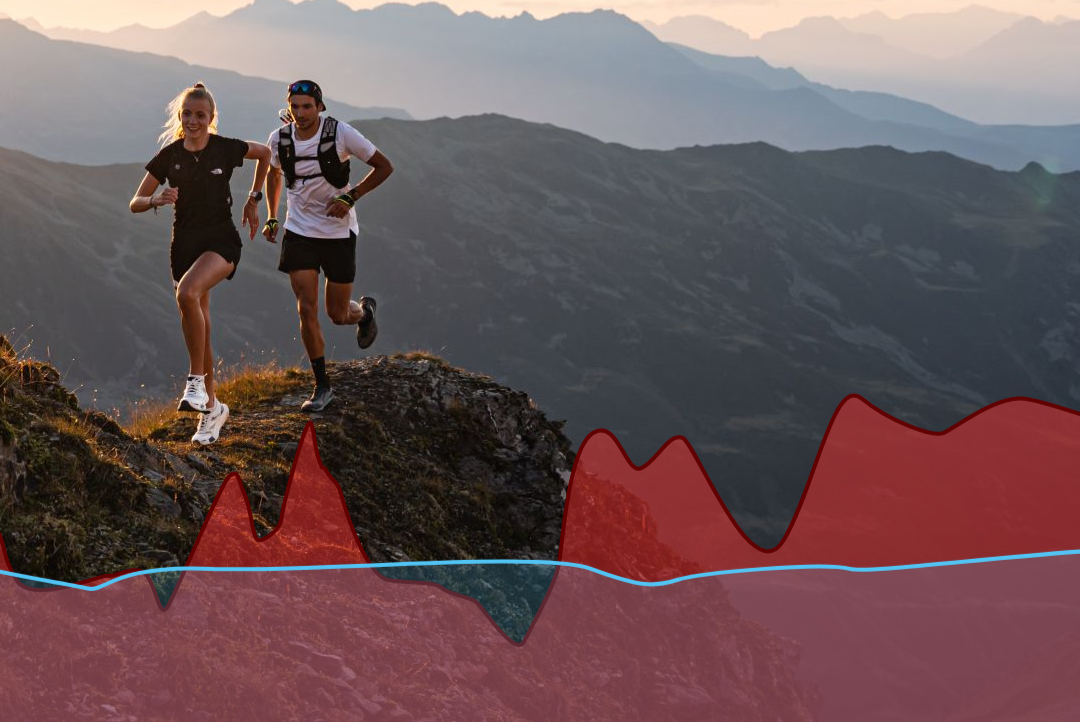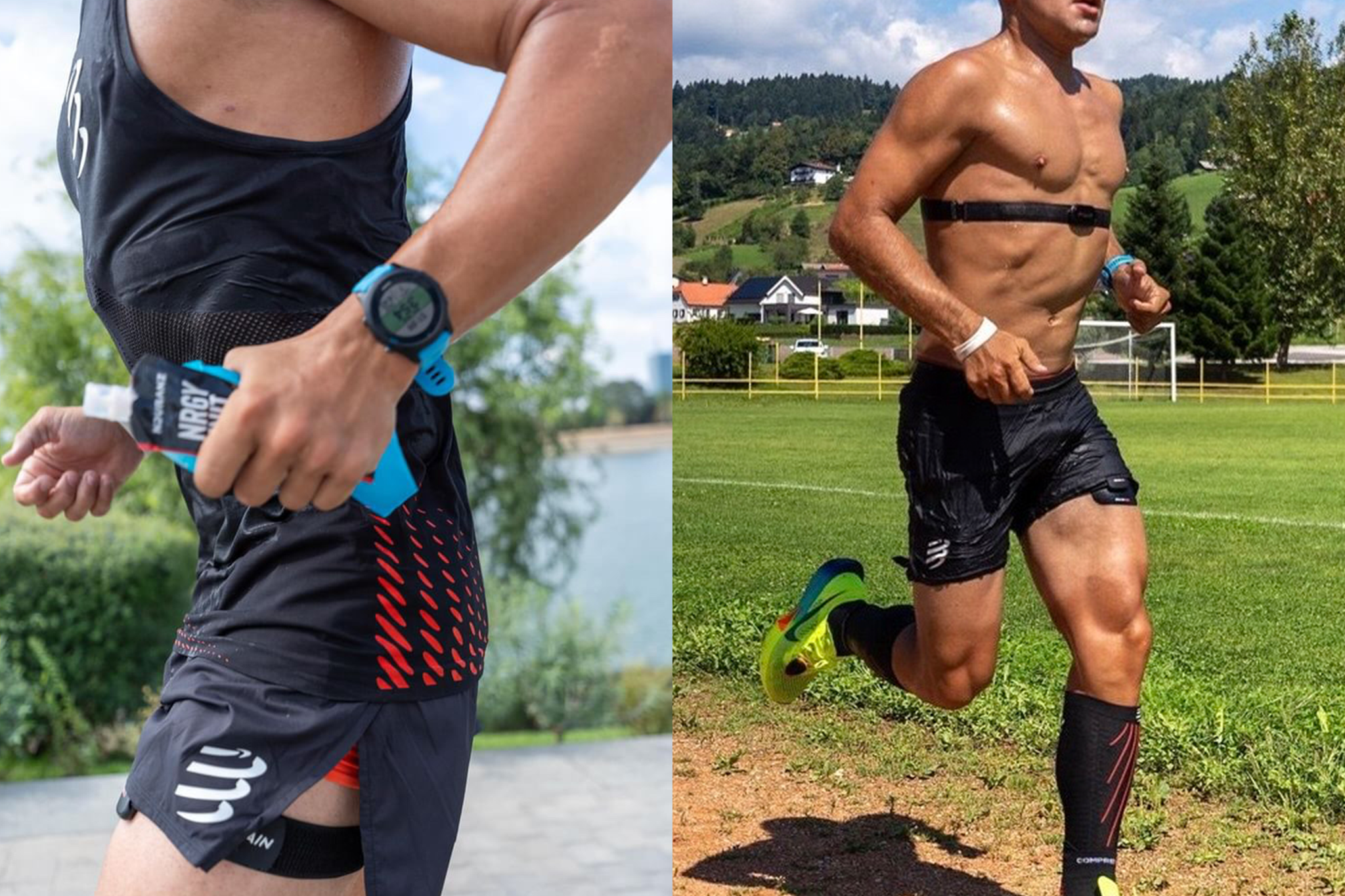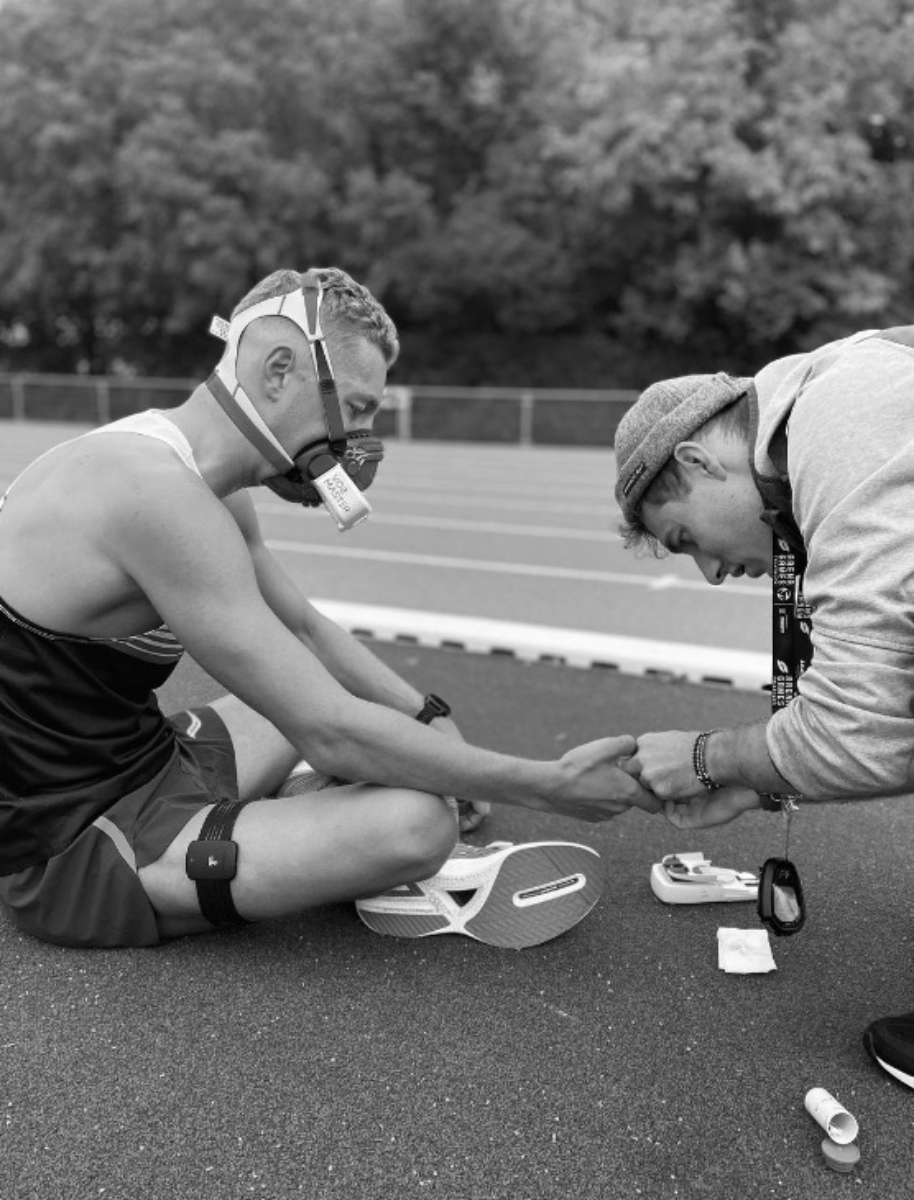Introduction
In our last blog, we explored how heart rate and muscle oxygen saturation can be measured using various technologies. But now comes the interesting part—understanding how the data from your heart and muscles can give you deeper insights into your training and performance.
Is there a direct relationship between how fast your heart is pumping and how much oxygen your muscles are receiving? (Spoiler; YES.) And how can this relationship help optimize your workouts?
Let’s dive into the reference data for heart rate and muscle oxygen to see how they interact and how you can use both metrics to your advantage.
THE MIND HEART-MUSCLE CONNECTION
Heart Rate: Your Cardiovascular Benchmark
Heart rate is an excellent indicator of how hard your cardiovascular system is working. It's a direct measure of the body's response to exercise intensity. Whether running, cycling, or lifting weights, your heart rate increases to deliver more oxygen to your muscles through the bloodstream.
Typical resting heart rates fall between 50-90 beats per minute (bpm) for most healthy individuals, and during exercise, this can rise to 160-180 bpm or more depending on the intensity, your fitness level, your age and several other important factors.
So what does heart rate tell us? Heartrate is a perfect indicator of the intensity that your body is working at. It shows how much stress is being placed on your cardiovascular system. You can use this information to determine how close you are to your maximum exertion, through e.g. training zones. Additionally, most smartwatches nowadays provide a rough estimate of the calories you burn during exercise.
But what it doesn’t tell you is how efficient your muscles are utilizing the oxygen that is being delivered!
Muscle Oxygen: The Real-time Picture of Oxygen Utilization
Unlike heart rate, which is more of a systemic measurement, muscle oxygen saturation (SmO2) shows how well the oxygen is being used directly in the working muscles. Muscle oxygen levels are usually represented as a percentage, with typical ranges during rest sitting around 50-70% and decreasing during heavy exercise as oxygen is consumed. With easy to moderate intensities you can actually see this value increase as a result of hyperaemia, the phenomenon in which more blood is present in the tissue as a result of increased heart rate and widened arteries.
A practical example, during a hard sprint or heavy lifting, you will see SmO2 drop from +/-60% to as low as 20-40% for some athletes, indicating that your muscles are consuming oxygen faster than it’s being delivered. Conversely, during a recovery phase following a hard sprint or heavy lifting, SmO2 levels will climb back up to 65-70% as your muscles "refuel" with oxygen.
So what does muscle oxygen tell us? It shows the efficiency of your muscles to absorb and use oxygen. You can use this to monitor your anaerobic threshold (where muscles switch to non-oxygen-based energy sources) or to track your recovery between sets.
What it doesn’t tell you is the overall cardiovascular effort. Muscle oxygen sensors only measure what is happening on a local level, typically the primarily active muscles.
COMPARING THE DATA: HEART RATE VS. MUSCLE OXYGEN SATURATION
Heart rate shows you how hard your body is working to pump blood and oxygen around. Muscle oxygen saturation gives you a view of how the oxygen (delivered by the heart) is being used by the muscles.
The two metrics together create a full picture of your performance, and analyzing them side-by-side offers some valuable insights.
Let’s go over the 5 different intensity states we distinguish in the Train.Red App.
-
Easy State/Aerobic Training: In steady-state aerobic activities like long-distance running, you’ll see a moderate, stable heart rate paired with steady muscle oxygen levels. The body is in balance—enough oxygen is reaching the muscles to support the work being done.
Heart rate: ~50-80% of max
Muscle oxygen: ~50-70% saturation
Muscle state: Green
-
Medi State/Tempo effort: As you push harder, you’ll notice your heart rate rise while muscle oxygen levels start to dip. At this point, the muscles begin to experience an oxygen deficit, leading to the recruitment of anaerobic energy pathways.
Heart rate: ~85-90% of max
Muscle oxygen: Downward trend ~30-60% saturation
Muscle state: Yellow
-
Hard state/Anaerobic Training: During short, intense bursts, your heart rate spikes close to max levels, and muscle oxygen can plummet to very low percentages as the muscles work faster than oxygen can be delivered. This is typically seen during sprints, HIIT-training, or towards the end of an incremental exercise test.
Heart rate: ~85-100% of max
Muscle oxygen: Flatlining trend~20-60%% saturation
Muscle state: Red
-
Load State: This is the state in which you will see the biggest differences with heartrate. Think of bicep curls, a very taxing effort for your muscles, whereas your heartrate stays relatively stable. The load phase is an anaerobic effort where the oxygen supply is limited. Either during onsite of activity (and heart rate is not increased yet), or because of the occluded nature of the muscle contraction.
Heart rate: ~50-80% of max
Muscle oxygen: Steep downward trend~20-70% saturation
Muscle state: Purple
-
Recovering State: During recovery expect to see your heart rate lower and your muscle oxygen levels rise! However, this is naturally dependent on the duration, intensity, and type of your exercise.
Heart rate: ~50-80% of max
Muscle oxygen: Upward trend~20-70% saturation
Muscle state: Blue
HOW TO USE THESE METRICS TOGETHER
Tracking both heart rate and muscle oxygen allows athletes to finely tune their training for optimal results. Here’s how:
Optimize Training Zones: Use heart rate to guide the intensity and SmO2 to ensure your muscles are efficiently using oxygen. If your heart rate is high but muscle oxygen is dropping too quickly, you may be entering anaerobic zones earlier than expected.
Avoid Overtraining: When muscle oxygen levels are chronically low and heart rate remains high, it’s a sign your body is not recovering between workouts. Lower intensity or active recovery sessions can help.
Tailor Recovery: Muscle oxygen data can tell you when your muscles are fully recovered between sets or intervals. For example, if SmO2 hasn’t returned to a stable percentage, you might need more rest before pushing hard again.
CONCLUSION
Heart rate and muscle oxygen saturation together offer a complete picture of your body’s performance under stress. By understanding the correlation between heart rate and muscle oxygen, you can better manage your workouts, avoid burnout, and make more informed decisions about training intensity.
In our next blog, we’ll dive deeper into how specific training zones impact both your heart and muscles (zone 2 training), and how you can use these insights to build endurance and power.
Stay tuned, and feel free to share your thoughts or questions below!



